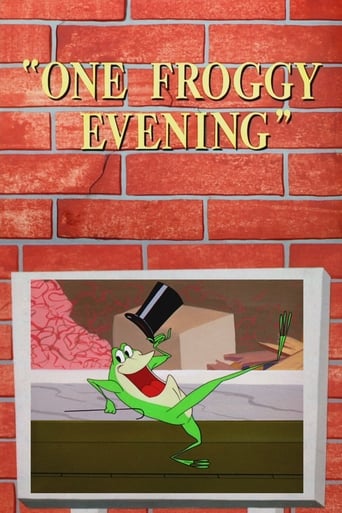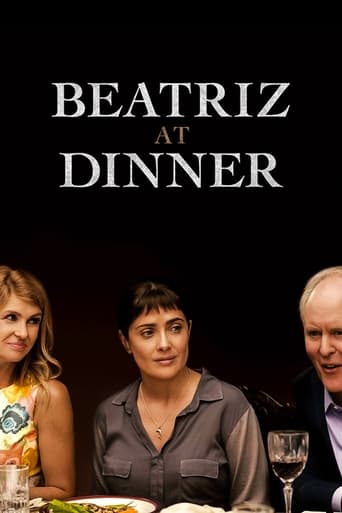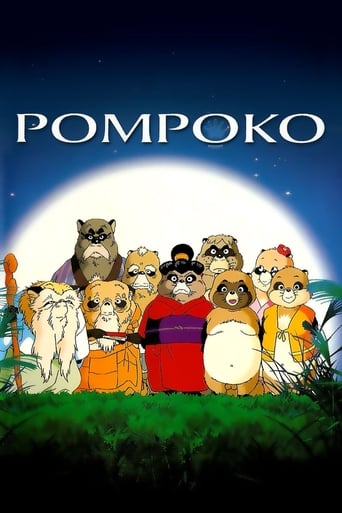


Pom Poko
The Raccoons of the Tama Hills are being forced from their homes by the rapid development of houses and shopping malls. As it becomes harder to find food and shelter, they decide to band together and fight back. The Raccoons practice and perfect the ancient art of transformation until they are even able to appear as humans in hilarious circumstances.
-
- Cast:
- Makoto Nonomura , Nijiko Kiyokawa , Shigeru Izumiya , Norihei Miki , Yuriko Ishida , Megumi Hayashibara , Yumi Ichihara


Similar titles
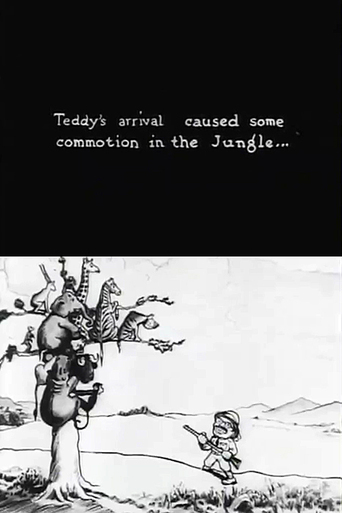
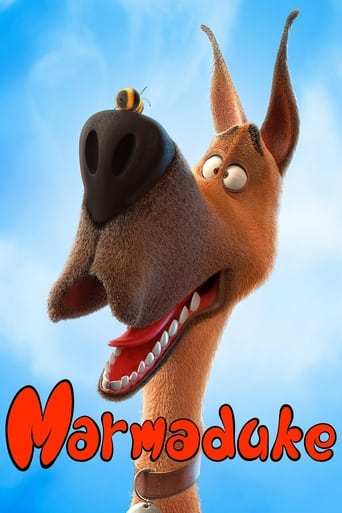
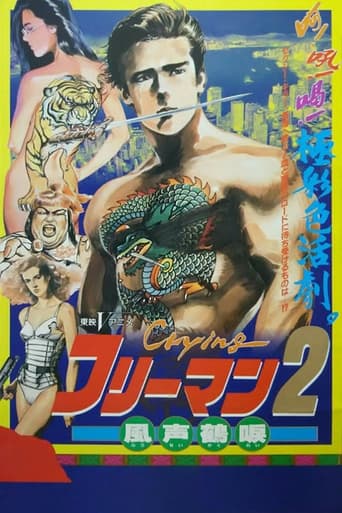
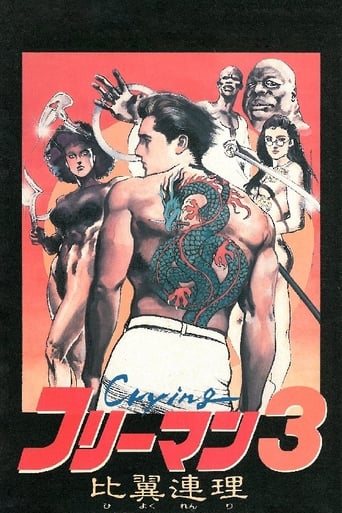
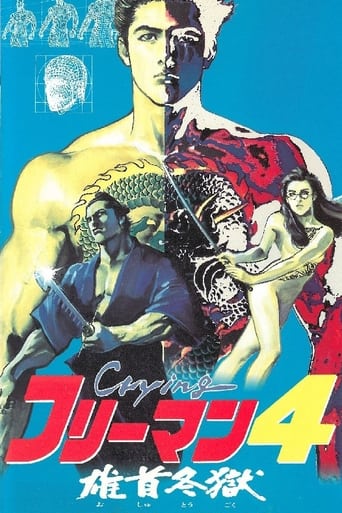
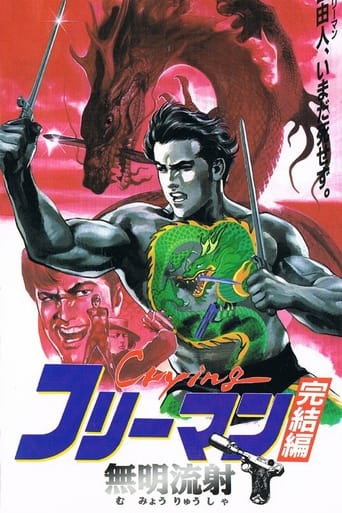
Reviews
People are voting emotionally.
I like movies that are aware of what they are selling... without [any] greater aspirations than to make people laugh and that's it.
The story-telling is good with flashbacks.The film is both funny and heartbreaking. You smile in a scene and get a soulcrushing revelation in the next.
The movie's neither hopeful in contrived ways, nor hopeless in different contrived ways. Somehow it manages to be wonderful
From the director of Grave of the Fireflies & Only Yesterday, Pom Poko is a pro-environment fable that attempts to showcase the disruption brought in the ecological balance by human society and hopes to make its viewers reflect on their actions by exposing the selfishness & utter disregard we have for other habitats.The story of Pom Poko focuses on a community of raccoon dogs who find themselves on the verge of extinction, thanks to human city development projects that continue to encroach & destroy their forests. Faced with limited options, the raccoon dogs employ their magical, shape-shifting abilities in a desperate attempt to preserve their home.Written & directed by Isao Takahata, Pom Poko has a playful vibe to it and is a fascinating blend of Japanese folklore, ecological concern, ghosts, magic & testicles and while it addresses its themes with its imaginative sketches, colourful animation & childlike demeanour, it lacks a certain level of transparency that would've made it more accessible to broader audience.Its commentary on mankind's diminishing respect for nature is thought-provoking to a considerable extent but it also comprises of moments that overstay their welcome, become repetitive or run out of fuel after a while. Its overindulgent narrative makes its 2 hours runtime feel a lot longer than it is while its lack of clarity further hurts its chances as many will be frustrated by its oblique structure.On an overall scale, Pom Poko is arguably the most divisive entry in Studio Ghibli's filmography and is definitely the most underwhelming of all Ghibli films that I've seen to date. Takahata's films have never managed to strike the same magical cord with me the way Hayao Miyazaki's features do with remarkable effortlessness, yet this trippy, bizarre & culture-specific tale comes recommended to Ghibli loyalists & admirers.
After watching almost all Ghibli movies (many times over) I finally got round to this one. Although I expected a more childish cartoon after reading other reviews, I was pleasantly surprised. Not only I enjoyed the animation and beautiful artistic work of this picture, it made me laugh and tear up as well as I couldn't help myself as to get touched from time to time. Overall a brilliant piece and people who love animals and animations would most certainly enjoy it as it makes even death seem to as gruesome as we, humans, take it. We have a few things to learn from raccoons. As other Ghibli movies, this one has the same charm about it - from the way it is drawn to the plot, which is witty, insightful and always has a moral to it. A great way to educate kids (and adult beans) to respect nature and all living creatures.
This is perhaps the only film by Ghibli that I really found it to be BAD. I mean, it is truly BAD. I watched it in the same day as Only Yesterday, and boy, the contrast in quality was amazing. Takahata really dropped the ball on this one: his previous film is easily the best film of 1991, for me at least, and this one is BELOW average. I mean, Ghibli has managed it: they made a film that is below the Hollywood average quality for their canned products.Why this film is so bad? Because nothing works: the characters don't fell like "people", they are cartoon characters truly. This film is perhaps the least artistically accomplished film that Ghibli ever made and one of the least intelligent ones as well. It feels much like an American cartoon, and yes, those suck. Not recommended, really: a genius like Takahata made this poppy!
(This review is of the Dusney Studios DVD via NetFlix in 2010, and may not exactly match some other releases.) While both the visuals and the storyline of Pom Poko are typical Studio Ghibli, the storyline doesn't completely translate across cultures to the U.S. readily.There are an awful lot of references to Japanese folklore and quite a few to Japanese culture, so many that the storyline only makes moderate sense to a naive viewer. For one example midway through the film there's a highly varied and lengthy parade of goblins. Every goblin shown is real in the sense that it has its own back-story in Japanese folklore. Although you can enjoy the display without knowing the details of each character, it's just not the same. For a second example, years are referred to in what at first appears to a U.S. viewer to be a rather strange construct about "era"s, something that's typically assumed to be specific to the characters in the film and somewhat random. In fact, the "era" construct for naming years is standardized and is used throughout Japanese society.Translation across cultures is a particular problem when it's not just secondary things but is the main characters. The main characters are "Tanuki", sometimes translated as "Tanuki" again, sometimes as "Racoon dog", and with a possible reference to something that would be called a "badger" in the U.S. While real, these creatures also have a central place in Japanese folklore. Particularly important are their "balls", which are displayed prominently, contained in a scrotum reputed to be as large as eight tatami mats. While the original is already a part of Japanese culture, is known by everyone, and is the source of quite a bit of gentle humor; American attitudes probably vary from some finding it a bit "odd" to the prudish finding it just plain "objectionable".Disney has done new/dubbed soundtracks for all the U.S. releases of Studio Ghibli material. Generally they're excellent, translating not only the words but also the most important cultural references. But here the Disney soundtrack has had difficulties (not blatantly obvious on first viewing, but clear enough on the second viewing); there are too many cultural references to translate, yet translating just the words results in a story that too often doesn't quite make sense. Even the earlier subtitles make obvious trade-offs that are not always successful, for example calling the main characters "Racoons" rather than "Tanuki" even though doing so risks changing the meaning of the story significantly. Both the old Japanese soundtrack and the new/dubbed Disney soundtrack are present. (As usual, the mouth movements of the anime characters don't quite match the English soundtrack, but the effect is not at all jarring and is in fact quite easy to just ignore.) More importantly, both the old subtitles that try to match the literal Japanese very closely and the new subtitles that exactly match the Disney soundtrack are present. Not being able to understand Japanese, I of course resorted to the English translations, but found neither the Disney soundtrack nor the original subtitles to be completely adequate. What worked better for me was a combination of the two -Disney new/dubbed English soundtrack (audio track 1 of 2) and original English subtitles (subtitle track 2 of 3).

